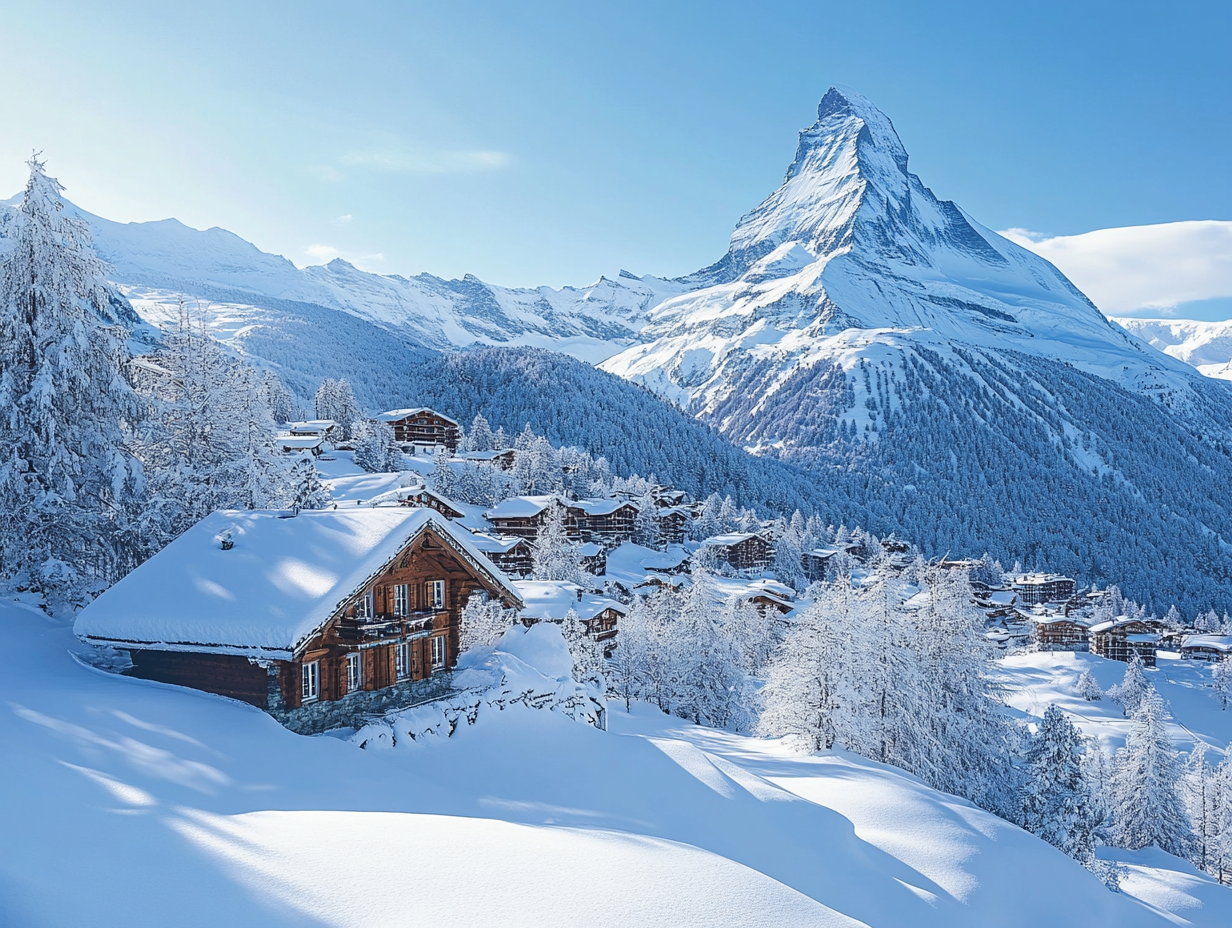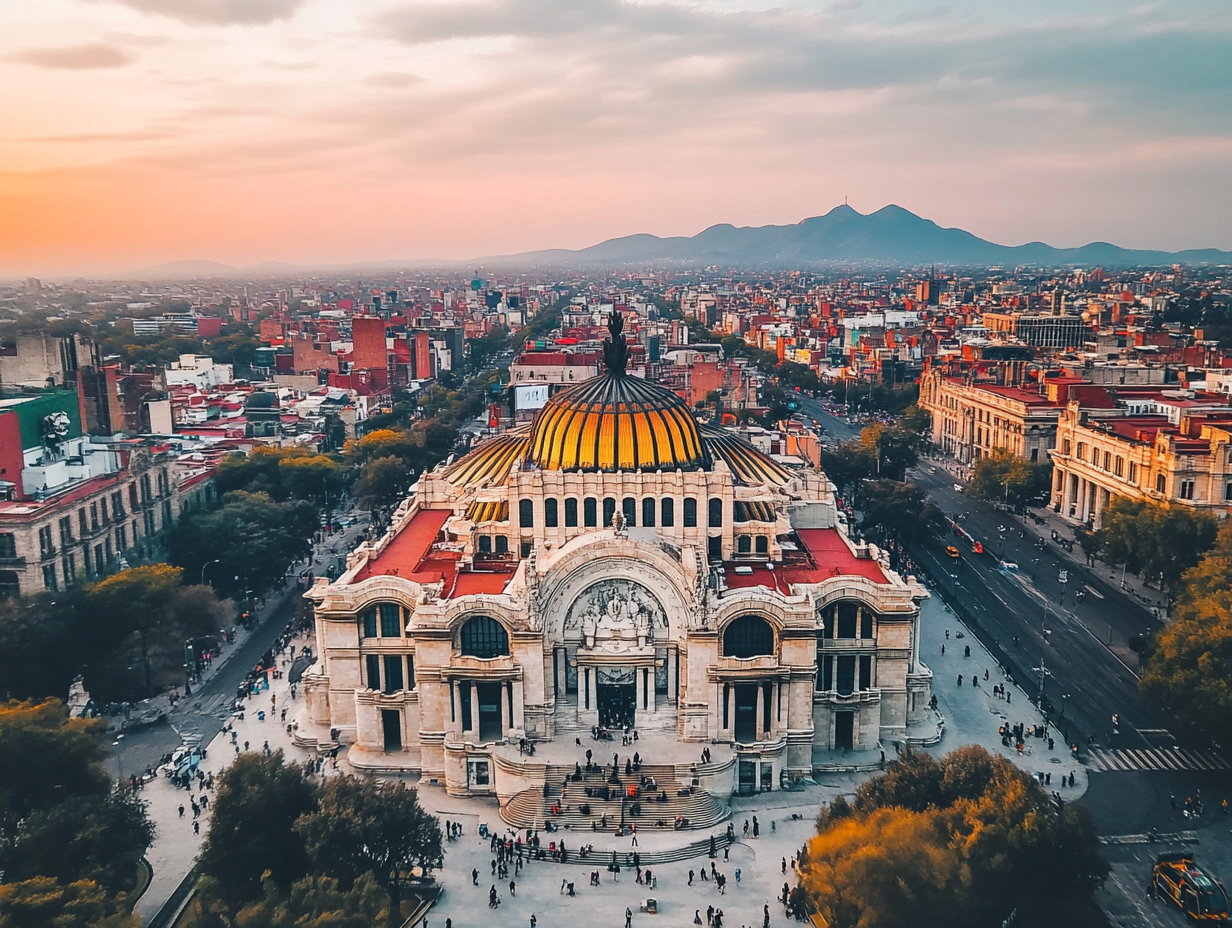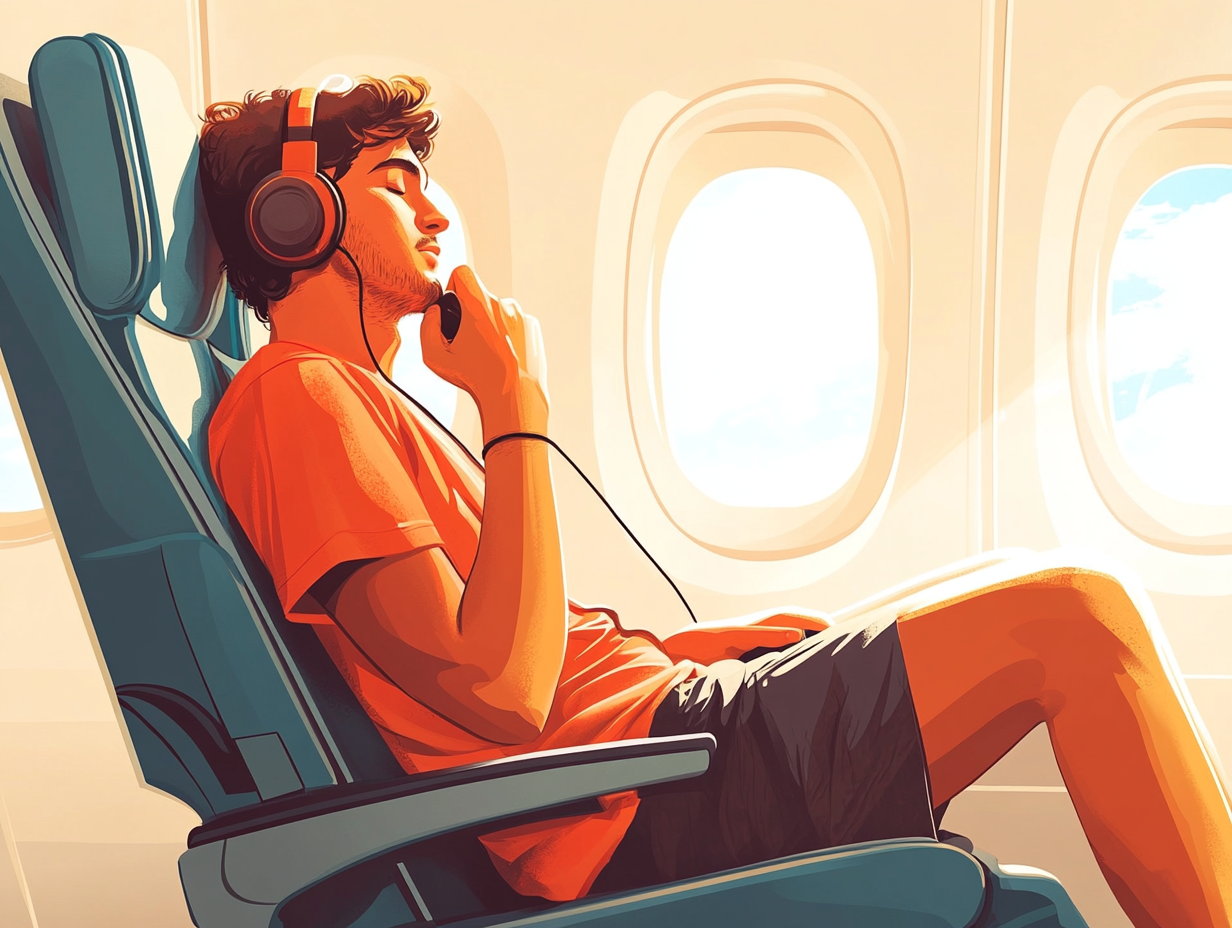The Alps, stretching across eight European countries, are home to some of the world’s best ski destinations. Whether you are an experienced skier or a beginner looking for breathtaking scenery and world-class resorts, the Alps offer something for everyone. Here are the eight best ski destinations in the Alps for an unforgettable trip.
Zermatt, Switzerland
Zermatt is a paradise for ski lovers, with its stunning views of the Matterhorn and an extensive network of slopes. The high-altitude terrain ensures excellent snow conditions throughout the season. The car-free village adds to the charm, offering a perfect blend of adventure and relaxation.
Chamonix, France
Chamonix is known for its challenging slopes and legendary off-piste skiing. As the host of the first Winter Olympics in 1924, this resort attracts advanced skiers looking for steep descents and deep powder. The vibrant town also offers great après-ski options.
St. Anton, Austria
St. Anton is a top choice for those seeking both thrilling ski runs and an exciting nightlife. The resort is famous for its challenging terrain, deep snow, and a lively après-ski scene. With modern lifts and excellent facilities, it’s a must-visit destination.
Courchevel, France
Part of the massive Les Trois Vallées ski area, Courchevel is known for its luxury, well-groomed slopes, and incredible dining options. Skiers of all levels can enjoy the diverse runs, while non-skiers can indulge in world-class shopping and fine dining.
Verbier, Switzerland
Verbier is a haven for expert skiers looking for steep, off-piste challenges. The resort also boasts breathtaking views, excellent après-ski venues, and a lively atmosphere. With a vast ski area and luxury accommodations, it is perfect for thrill-seekers and luxury travelers alike.
Kitzbühel, Austria
Kitzbühel is one of the most charming ski resorts in the Alps, known for its picturesque medieval town and world-famous Hahnenkamm downhill race. With diverse terrain suitable for all skill levels and a cozy atmosphere, it is an excellent destination for families and professionals alike.
Val d’Isère, France
Val d’Isère, combined with Tignes, forms one of the most extensive ski areas in the world. Known for its reliable snow conditions, varied slopes, and lively après-ski scene, it is a top choice for skiers of all levels looking for a well-rounded experience.
Cortina d’Ampezzo, Italy
Located in the Dolomites, Cortina d’Ampezzo offers breathtaking scenery, world-class ski slopes, and a touch of Italian elegance. This resort is perfect for those looking to combine skiing with a luxurious and stylish experience in one of the most beautiful regions of the Alps.



